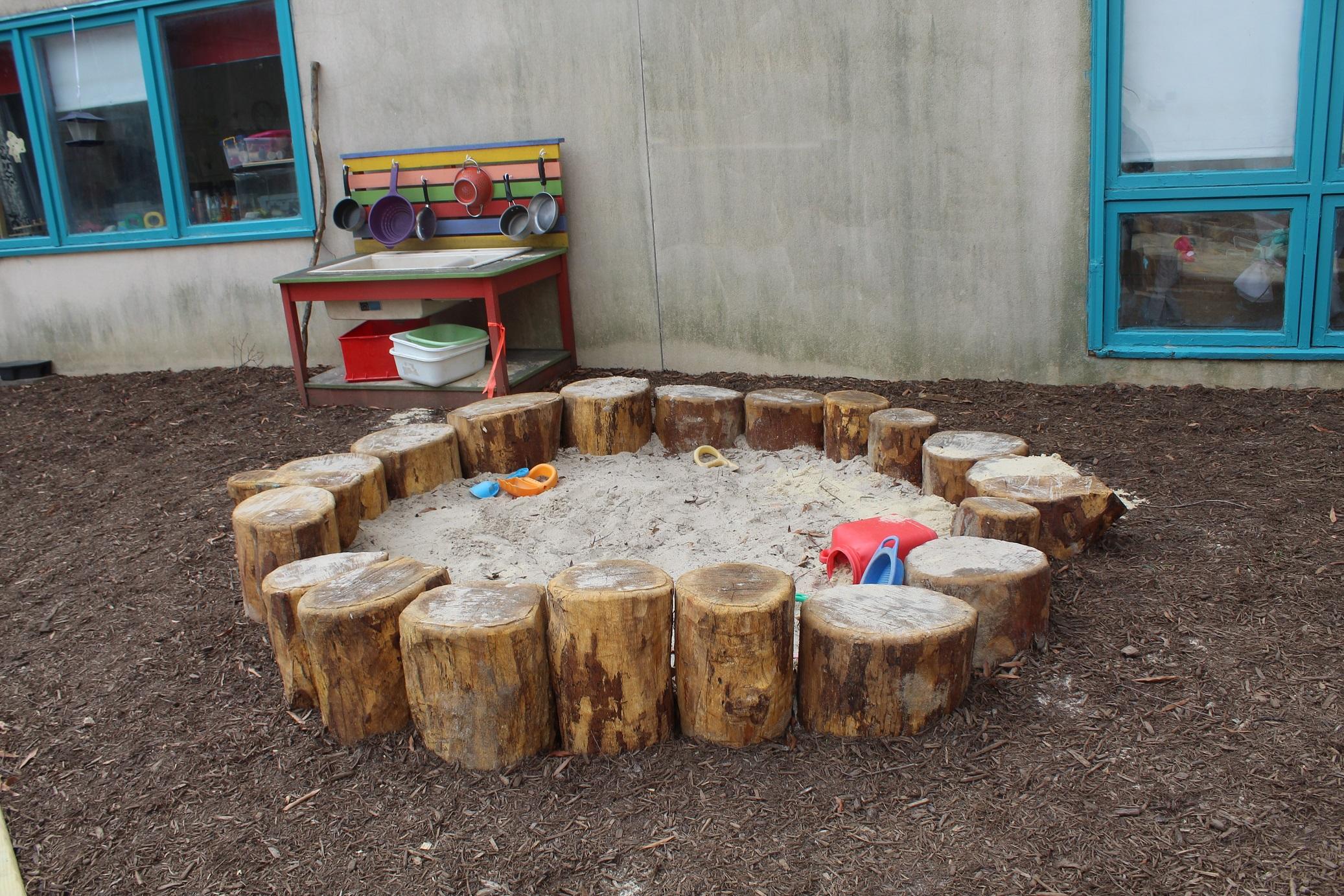


What is Messy Play?
10 June 2023
Messy play uses the hands and fingers. For example, spreading different materials on a plastic sheet so children can explore the feel and properties of sand, water, slime, foam or gloop. It lets them handle the material and use their imagination with it.
Benefits of Messy Play
When children use their hands and fingers it develops their fine motor skills. They improve their finger, hand, arm and shoulder strength. Being so physical, messy play helps them with body balance while they are reaching or handling the material and develops their spatial awareness. Pouring water and shovelling sand are all useful.
There is no end goal with messy play. The children explore the material in their own way without being hampered by the need to achieve a set result. They make their own discoveries about the properties of different substances. They learn how things feel, smell and taste, developing an understanding of the world around them.
Messy play can develop social and language skills if done in a group. Ask your child about the textures: are they rough or smooth, slimy or weightless? Bubbles pop, water splashes and sand is gritty. When they make marks in the sand with a stick this is the beginning of writing.
Messy play ideas
Getting outdoors is the easiest way to start messy play. Jumping in puddles or a pile of dried leaves is great fun and lets a child get a feel for different materials.
Bath time is ideal for water play. A plastic measuring jug from the kitchen or an empty plastic bottle is great for pouring practice. Sponges show how water comes in different strengths dripping, trickling or gushing. Let them explore floating and sinking objects.
An outdoor sand pit provides hours of fun. A cover is a good idea if there are cats around. You can buy plastic sandpits like a boat or a turtle or build one with planks and buy play sand. Play sand is a fine grade with no dangerous foreign objects. You can use food packaging or a bucket and spade. Adding water makes it a building material.
Messy play with food
Food is also a great source of exploring textures and sounds. Crunchy cereals, powdery flour, pasta, mashed potatoes, baked beans and jelly are all great to explore. Letting your child handle food when they begin on solids helps them understand all the different textures, smells and tastes and will make feeding them easier in the long run as they will be less fussy. Manners can come later.
Tips
A plastic sheet will provide protection if you want to play with foam from washing up liquid or bubbles. You can buy slime and goop to spread on it.
Allow plenty of time to set up and clear up messy play. Dress your child in old clothes or put a long-sleeved apron on them so they can explore freely. There are so many benefits to messy play including confidence, language, social skills and physical coordination - it’s definitely worth it in the long run!
Photo by Susan (Lewis) Penix on Unsplash
